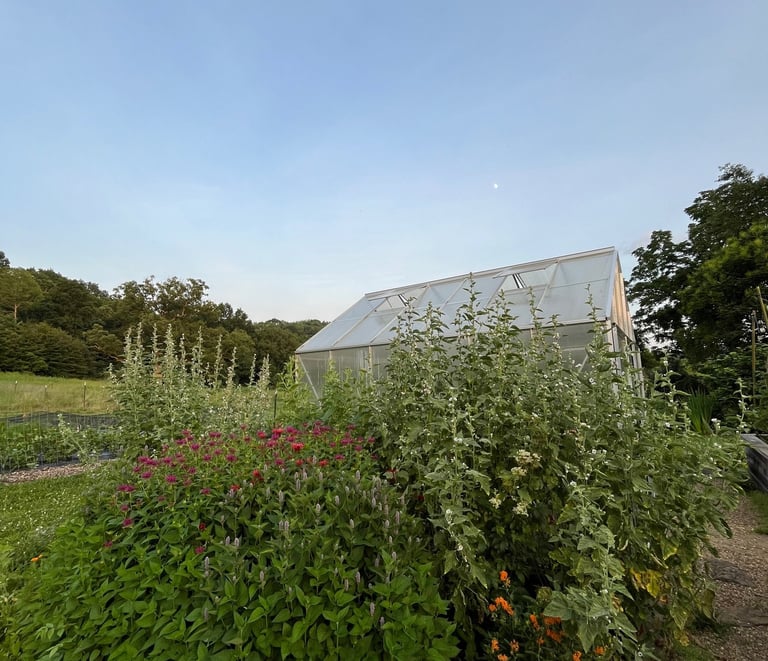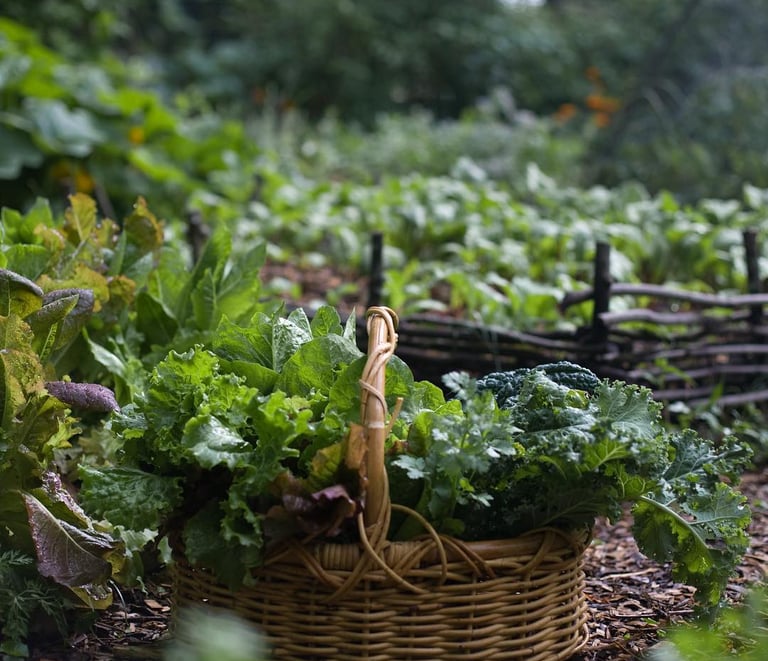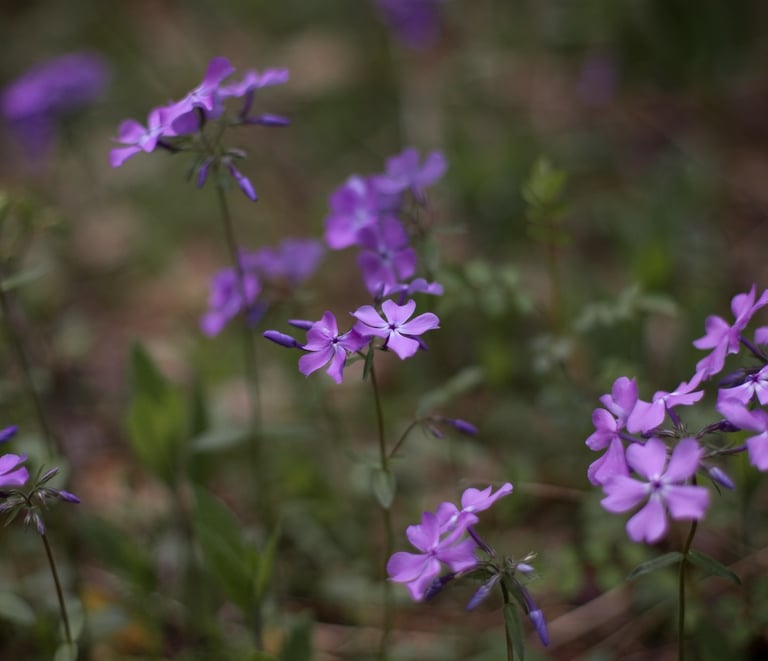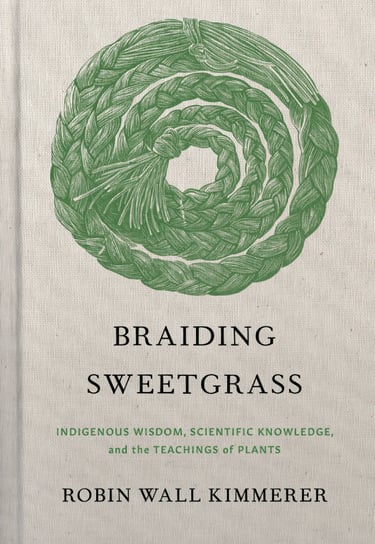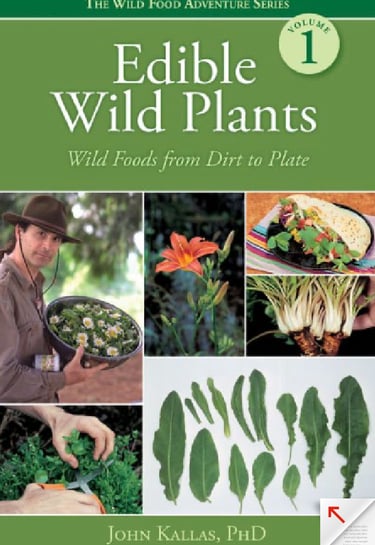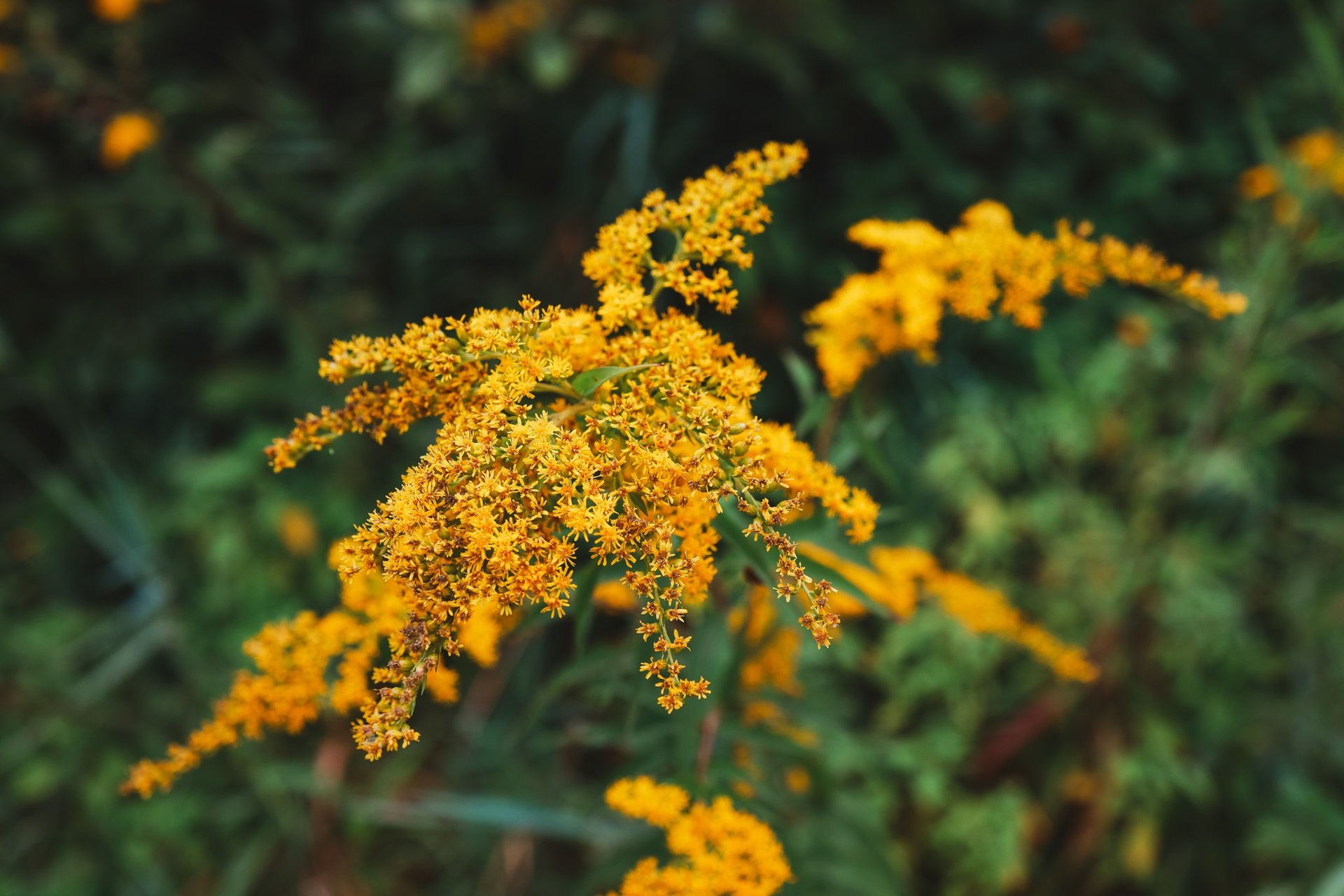
A Few Native Medicinal Plants found at
Glade Run Lake
Valencia, PA
Growing Conditions:
Annual, 2-5 ft. high, found in moist soil, shade to part shade, blooms July - October.
Native benefit:
Attracts hummingbirds, bees, butterflies, moths, food for grouse & quail. Even though the roots are not deep, the roots help with erosion control near stream banks and slopes.
Medicinal Uses:
The juice of the stem and leaves are used medicinally, most notably the lower stem. The leaves and stem contain lawsone, which has anti-inflammatory and antifungal properties. Known to ease reactions to poison ivy, stinging nettle, and insect bites. This plant has also been used to help treat fungal infections, such as athlete’s foot. Out hiking with friends who look at poison ivy and get rash, I've watched the blisters disappear after scrubbing the contact area with the fresh stem and leaves, avoiding the rash all-together! On my children, I've used the fresh juice to relieve accidental falls into stinging nettle.
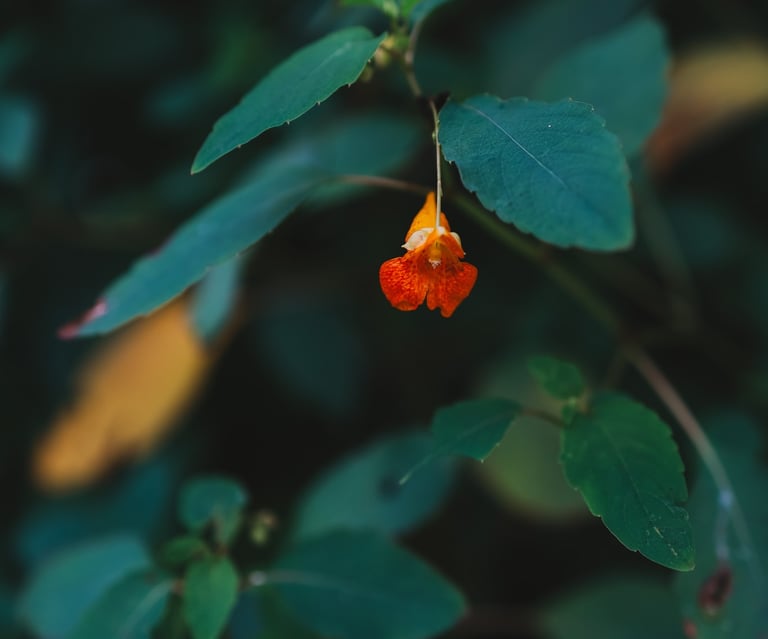

Spotted Jewelweed
Impatiens capensis
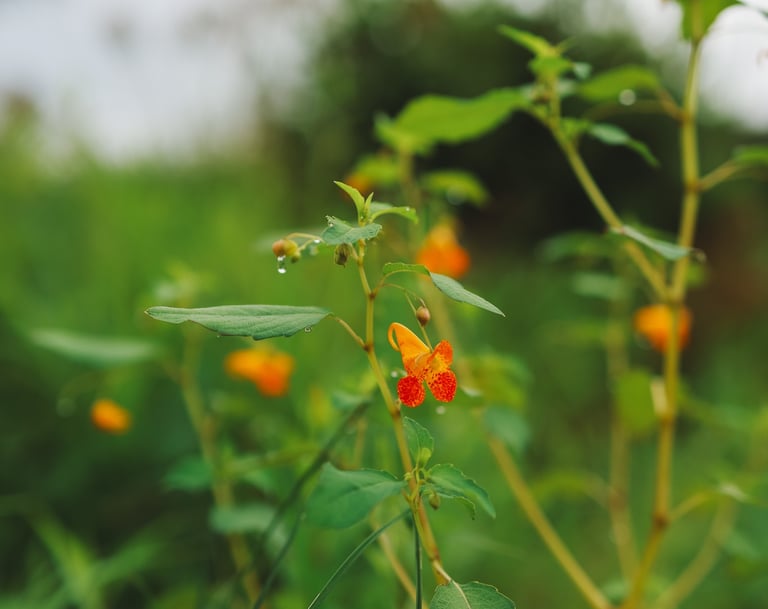

Growing conditions:
Biennial, 2-7ft. tall, blooms July-September, prefers moist soil, sun to part shade.
Native benefit:
Nectar source for bumblebees, a variety of native bees, wasps, butterflies, beetles, and flies. Stream bank stabilizer.
Medicinal Uses:
The flowering tops and leaves are used medicinally in tinctures or teas, or in salves. If you are feeling overworked and burnt out, have tension in your shoulders and neck, you may benefit from this very bitter herb. This beautiful plant has a special affinity for targeting nervous tension gathered in the shoulders and neck and helping to ease that tension. The first time I tried vervain for nervous tension, I felt as if I had a little shoulder massage. It’s also known to help with restlessness and anxiety and headaches and migraines that originate in the shoulders and lower neck. Because of its bitterness, it also stimulates gastric secretions and bile, which help the liver and gallbladder process fats and oil. I've used it clinically to help folks with frozen shoulder as well. This beautiful plant will soon be ready and added to my Tension Tamer tincture and my Bruise Ease salve.
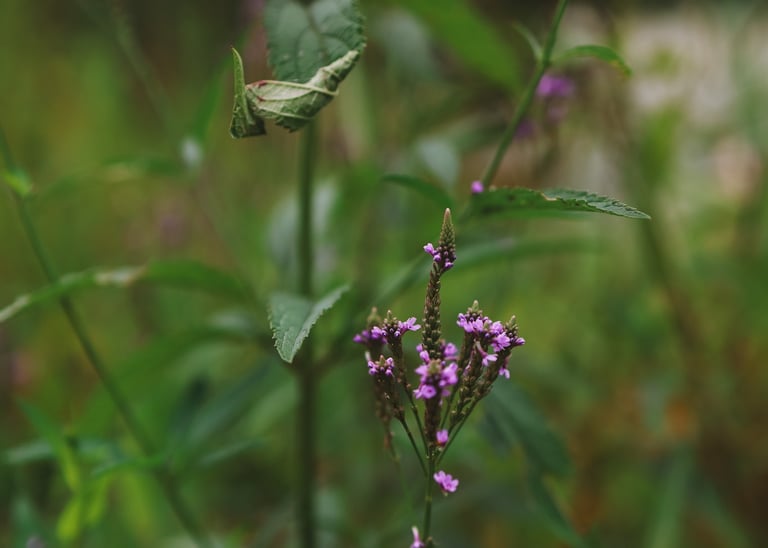

Blue Vervain
Verbena hastata

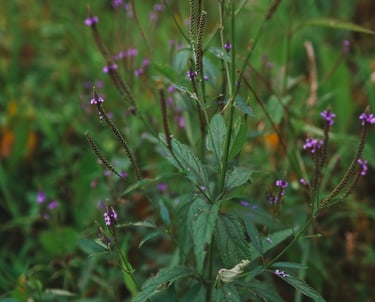
Growing conditions:
Perennial, Low-growing, 2-20 inches tall. Likes moist part-sun or dappled shade areas. Common lawn weed. Blooms late May-September.
Native benefit:
Larval host to: Clouded sulphur butterfly, attracts bees and butterflies and provides nectar as a food source.
Medicinal uses:
The flowers, leaves, and stems can be used medicinally. Known for its soothing and cooling properties taken internally for the mouth and throat. Historically, people chewed on the raw leaves or flowers when having a sore throat or made a tea from fresh or dried parts. It has also been used to support the immune system and aid digestion. Prunella is very well known for its beneficial use in treating Chrohn's disease, through reducing chronic inflammation of the bowel tissues. Externally, people have used the leaves and flowers in an infused oil or a spray to disinfect and heal wounds. I have used it as a natural Neosporin for my family for nearly two decades, and you can find it in my Boo Boo salve.
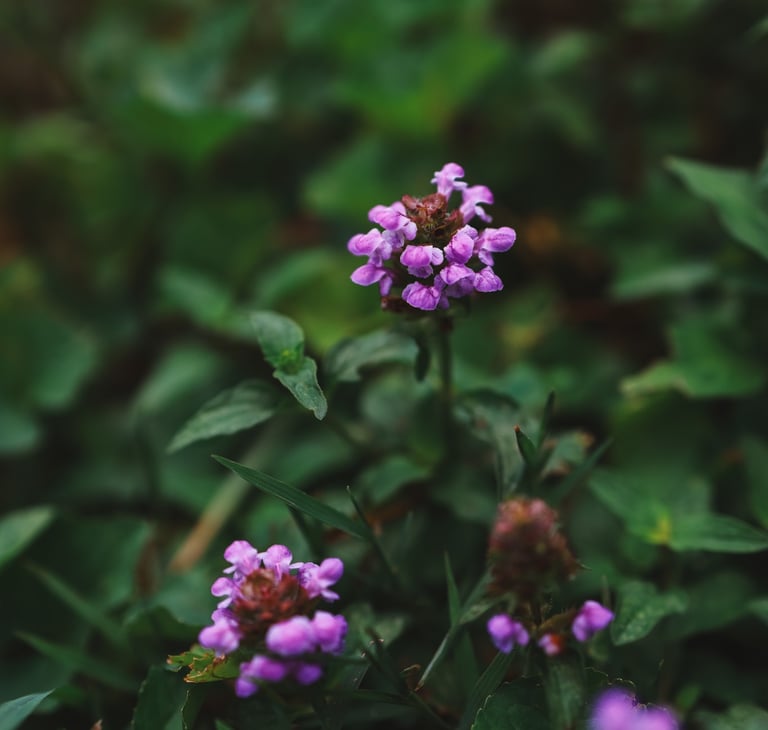

Self-heal
Prunella vulgaris
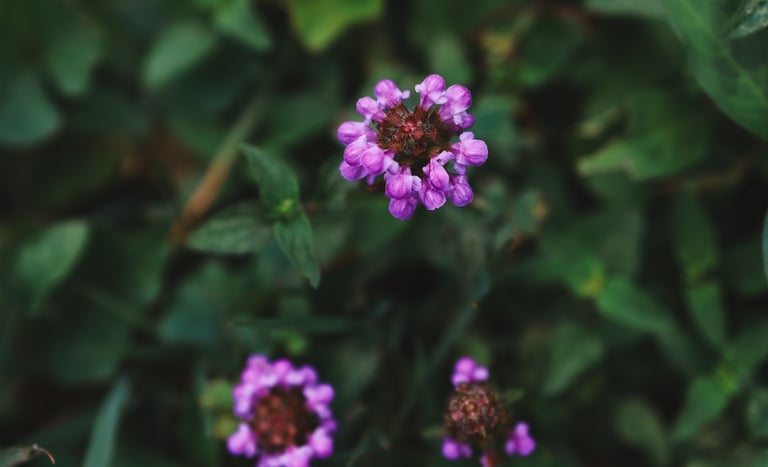

Growing conditions:
Perennial, 2-7 ft. High, blooms July-October, There are many goldenrods and most all have medicinal uses and benefit pollinators.
Native benefit:
Late nectar source for native bees and honey bees, attracts predatory insects, stabilizes soil from runoff. Birds also eat the seeds.
Medicinal uses:
The flowers and leaves are used medicinally. Medicinal properties vary among species. Some are astringent and can be used internally to slow diarrhea and topically to disinfect, relieve burns, and slow bleeding. Others are best used as a decongestant, alleviating upper respiratory congestion from allergies, sinusitis, flu, or the common cold. Lastly, this golden plant also has healing properties for the urinary tract and is known as a useful remedy for urinary tract infections. You can find it in my Pollen Pause tea and Pollen Pause tincture.


Goldenrod
Solidago sp.
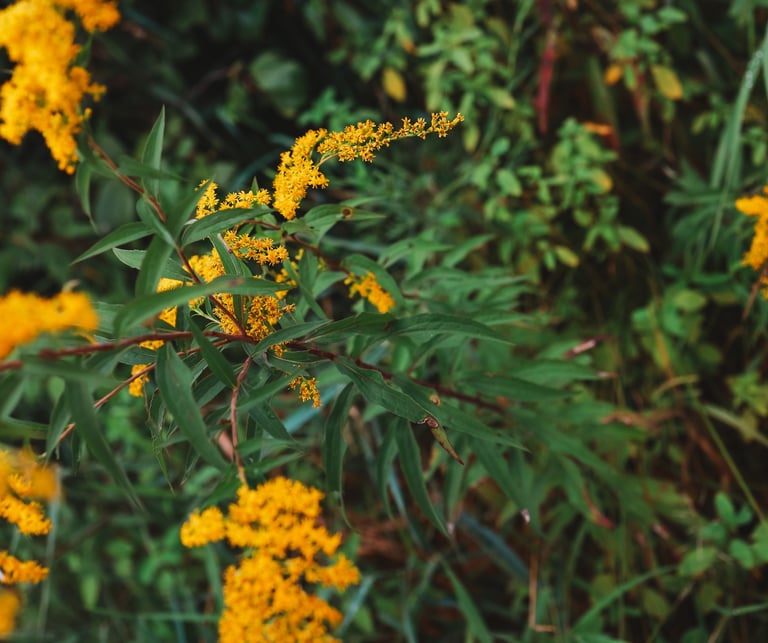

Growing conditions:
Perennial, 3-6 feet high, moist soil, sun, part-shade, blooms July-August. Notice the leaves are joined around the stem, a defining characteristic of common boneset.
Native benefit:
Late season nectar source for native bees, butterflies, wasps, moths, and flies. Birds feed on seeds. Stream bank soil stabilizer often found with elderberry.
Medicinal uses:
This beautiful plant can smell sweet like honey when in bloom, but when used medicinally, is very bitter. The blooming flowers and leaves are used medicinally. Known as a premier antiviral for the influenza virus and also used as a relaxant diaphoretic, releasing heat during high uncomfortable fevers, specifically helping to relieve deep aches and pains in muscles and bones during a fever. It can contain pyrrolizidine alkaloids, so it should be avoided in anyone with a liver condition and only used short term for acute viral illness. Only used for several days to week, and taken in conjunction with other herbs. This is a staple in my household for those viral infections that cause deep achey pain and high fevers. I utilize this amazing plant in my family's "sick tea" and you can find it in my Virashield tea and tincture.
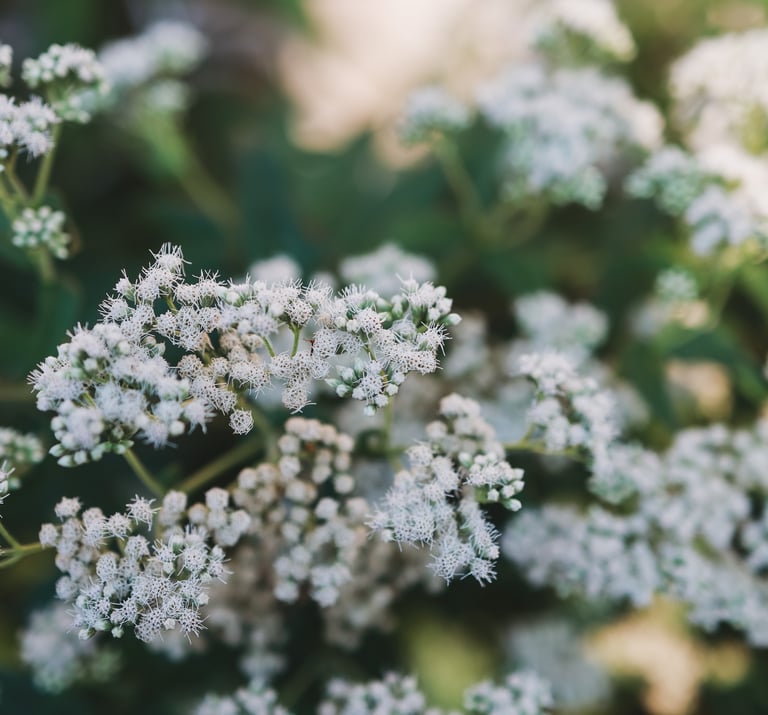

Boneset
Eupatorium perfoliatum
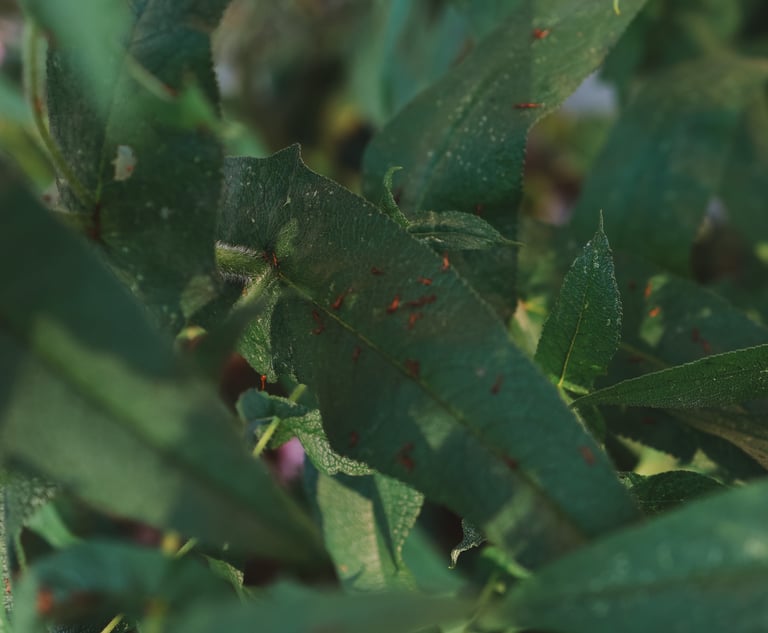

Notes about Foraging, Ethics, & Safety:
Safety!
Proper plant identification is a must for safety, when using plants as food or medicine. Always consult a foraging expert as well as multiple field guides before harvesting and using plants for food or medicine. When I was learning plant identification, I consulted herbalists, foragers, field guides, and trusted web sources, all-together. Most of the plants listed have toxic look-a-likes that can be deadly.
Foraging & Ethics:
What are the real consequences of digging up an entire plant or harvesting more than 30% of it?
I’m so glad you asked!
As a wild forager and grower, I’ve witnessed firsthand how thriving native plant communities can be devastated — not by malice, but by well-meaning foragers who learned plant ID and uses online or through social media, without ever being taught the ethics of sustainable harvesting. And that has serious consequences — not just for other foragers, but for the wildlife that depends on these plants, and for the ecosystems they help sustain.
When you harvest too much of a plant — or worse, dig it up entirely — you're not just taking a single specimen. You’re removing its ability to reseed, spread, photosynthesize, send out roots, and feed animals. Next year, when you return to your favorite foraging spot, you may find that plant hasn’t come back. And if others also harvested without noticing that half the plant was already taken, it’s likely it won’t return at all.
That’s why I encourage you to grow these native species if you have the space, or volunteer with local parks, conservancies, or restoration projects to help replant and care for these vital plants. Many of the species highlighted here do not have large enough populations to support foraging. Harvesting from small or fragile stands — like those at Glade Run Lake — could mean these beautiful plants disappear completely.
The best practice? Only forage from large, healthy populations — and even then, only take a small portion. The more we learn to live in harmony with these incredible beings, the more they will continue to provide for us all.
Let’s help them thrive. Plant them in your yards, your local nature preserves, and your parks. Let’s ensure they’re here not just for us, but for future generations to discover, appreciate, and protect.
Please do not forage for these native plants at Glade Run Lake without permission from the Conservancy. You can reach out to them here. This information is for educational purposes only and shared as a celebration of the preservation of this beautiful ecosystem that feeds the human need for recreation and nature connection and supports the ecosystem that gives us life.
These statements have not been evaluated by the FDA. The products or plants mentioned are not intended to diagnose, treat, cure, or prevent any disease.
Books on ethical harvesting:
Medicinal Gardens
Do you dream of growing and harvesting your own medicine just outside of your door? Let us help you heal with the land and deepen your innate connection with plants.
Edible Kitchen Gardens
Get growing with the seasons! Let us help you design and create a space to indulge in nourishing harvests of fruits and vegetables.
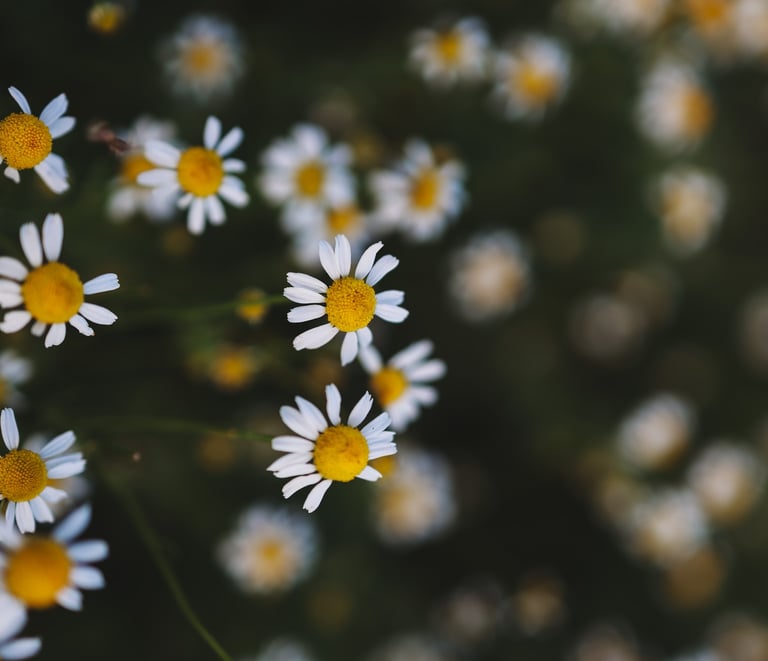

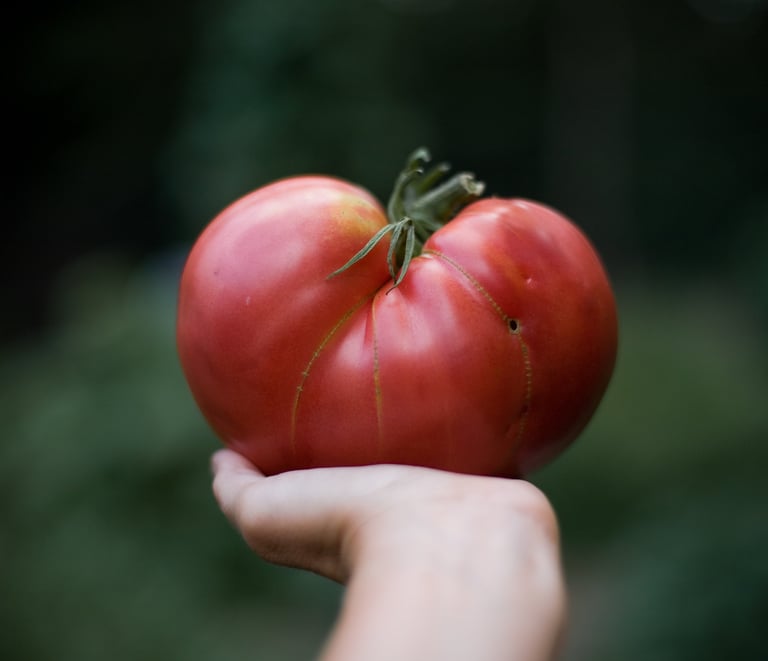

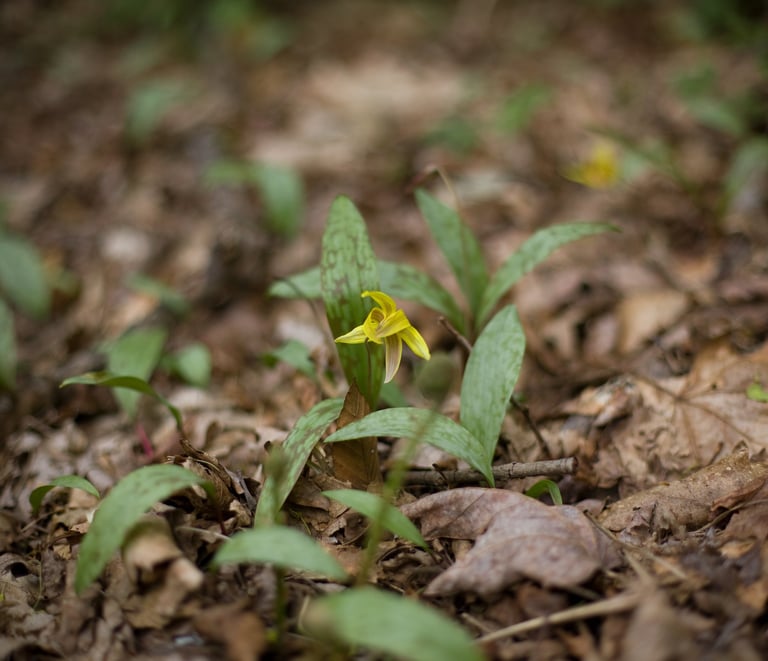

Native Gardens
Are the birds, bees, and butterflies your summer joy? Native plants support our friends, our ecosystem, and ourselves. We would love to help you get your growing spaces buzzing!
WE OFFER MEDICINAL . EDIBLE . NATIVE
GARDEN DESIGN SERVICES
